Spice Up Your Life: The Ultimate Guide to Seasoning Chicken for Mexican Food!
Welcome to the vibrant, aromatic world of Mexican cuisine! Whether you're cooking up a storm for Taco Tuesday or preparing for a family feast on Sunday, seasoning your chicken just right can elevate your dish from good to unforgettable. In this guide, we’ll dive into the basics of spice blends, flavor profiles, and practical tips that will have you seasoning like a pro.
Table of Contents
- Why Chicken Is a Staple in Mexican Cuisine
- The Fundamentals of Seasoning
- Key Spices for Mexican Flavor
- How to Create Your Own Blend
- Ready-Made Blends Worth Buying
- Step-by-Step Seasoning Guide
- Pairing with Other Ingredients
- Cooking Methods That Enhance Flavor
- Buying Guide: Best Products & Brands
- FAQs About Seasoning Chicken
- Conclusion
Why Chicken Is a Staple in Mexican Cuisine
Mexican cuisine is as diverse as its geography — from coastal ceviches to highland stews, chicken finds its way into countless dishes. It's versatile, economical, and takes seasoning beautifully. Whether it’s shredded for tacos, grilled for fajitas, or simmered in a mole sauce, properly seasoned chicken is the heart of many traditional meals.
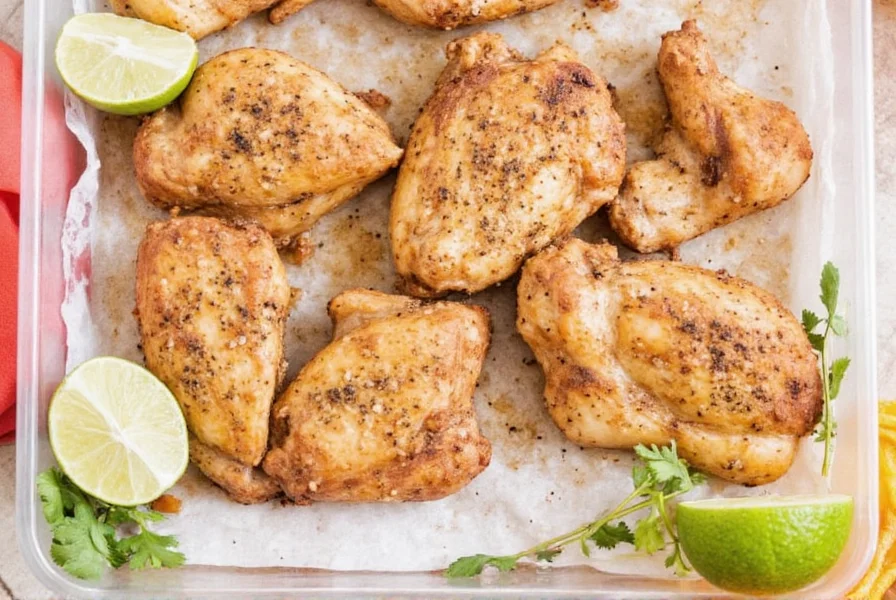
The Fundamentals of Seasoning
Seasoning isn’t just about adding salt and pepper; it’s about layering flavors to build complexity. Think of each spice as a musical note — together, they create a harmonious melody.
- Salt: Brings out natural flavors.
- Pepper: Adds warmth and depth.
- Acid: Like lime juice, brightens everything up.
- Umami Boosters: Such as garlic powder or dried mushrooms.
Key Spices for Mexican Flavor
The beauty of Mexican seasoning lies in its balance of earthy, smoky, and spicy elements. Here’s a breakdown of the most common spices used:
| Spice | Flavor Profile | Best For |
|---|---|---|
| Cumin | Earthy, nutty, slightly smoky | Tacos, enchiladas, chili |
| Chili Powder | Smoky, mild heat | General-purpose seasoning |
| Garlic Powder | Pungent, savory | Base for almost any blend |
| Oregano (Mexican) | Woodsy, slightly citrusy | Mole sauces, salsas |
| Ancho Chili Powder | Sweet, raisin-like with mild heat | Rub for grilled meats |
| Paprika | Mildly sweet, colorful | Color boost in marinades |
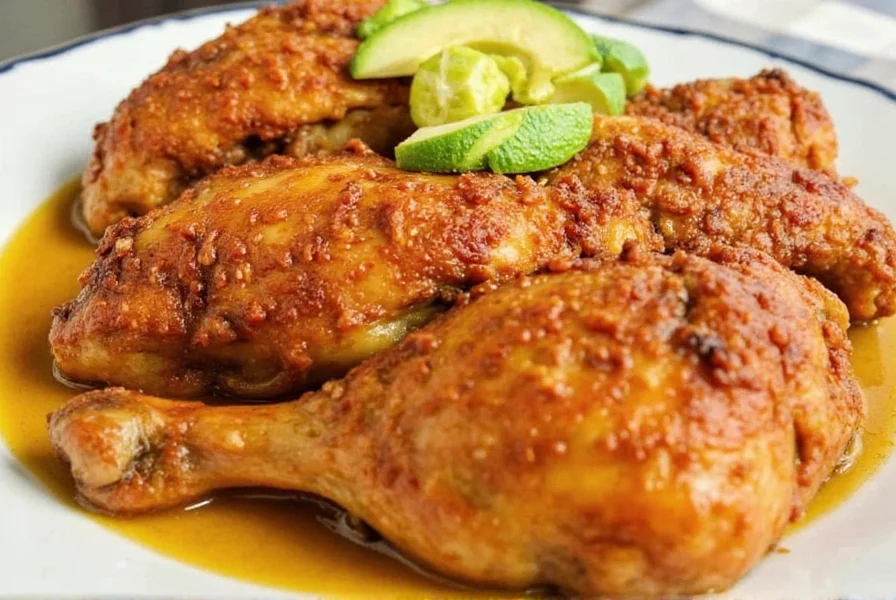
How to Create Your Own Blend
While store-bought taco seasoning is convenient, making your own allows for customization. Here’s a simple DIY recipe to get you started:
Classic Mexican Chicken Seasoning Blend
- 2 tbsp chili powder
- 1 tbsp ground cumin
- 1 tsp smoked paprika
- 1 tsp garlic powder
- 1 tsp onion powder
- ½ tsp oregano (Mexican preferred)
- ½ tsp salt
- ¼ tsp black pepper
This blend works great on boneless thighs, breasts, or even drumsticks. Mix well in a bowl and store in an airtight container for future use.
Ready-Made Blends Worth Buying
If time is short or you’re looking for convenience without sacrificing flavor, here are some top-rated store-bought options:
| Brand | Flavor Highlights | Use Case |
|---|---|---|
| Badia | Balanced heat, authentic aroma | Everyday taco meat, burritos |
| McCormick Fiesta Lime | Zesty with lime undertones | Marinades, grilled chicken |
| El Mexicano | Robust, deep red hue | Stews, soups, enchiladas |
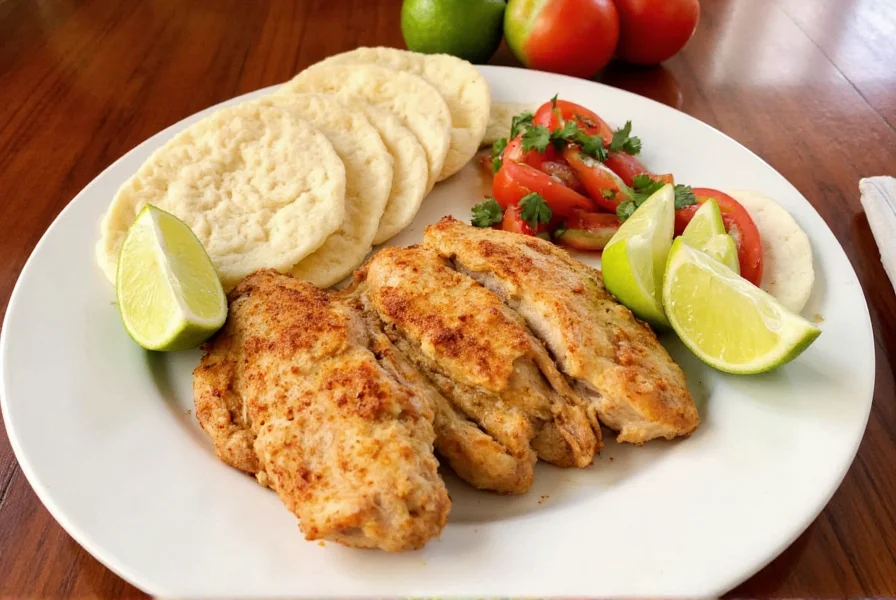
Step-by-Step Seasoning Guide
Follow these steps for perfectly seasoned chicken every time:
- Clean and Dry: Pat chicken dry with paper towels before seasoning. Moisture prevents spices from adhering.
- Coat Generously: Use about 1–2 tablespoons of seasoning per pound of chicken.
- Massage In: Rub the spice mix into all sides for better absorption.
- Rest Time: Let sit for at least 20 minutes before cooking (or overnight in the fridge).
- Cook Low and Slow: Especially if grilling or roasting — it helps flavors develop deeply.
Pairing with Other Ingredients
The best Mexican dishes aren’t just about the chicken — they’re about how the whole plate sings together. Here’s what to pair with your seasoned bird:
- Avocado: Balances heat and adds creaminess
- Lime: Brightens up the dish
- Onions & Cilantro: Add fresh crunch and bite
- Tortillas: Corn or flour? Both work — depends on texture preference
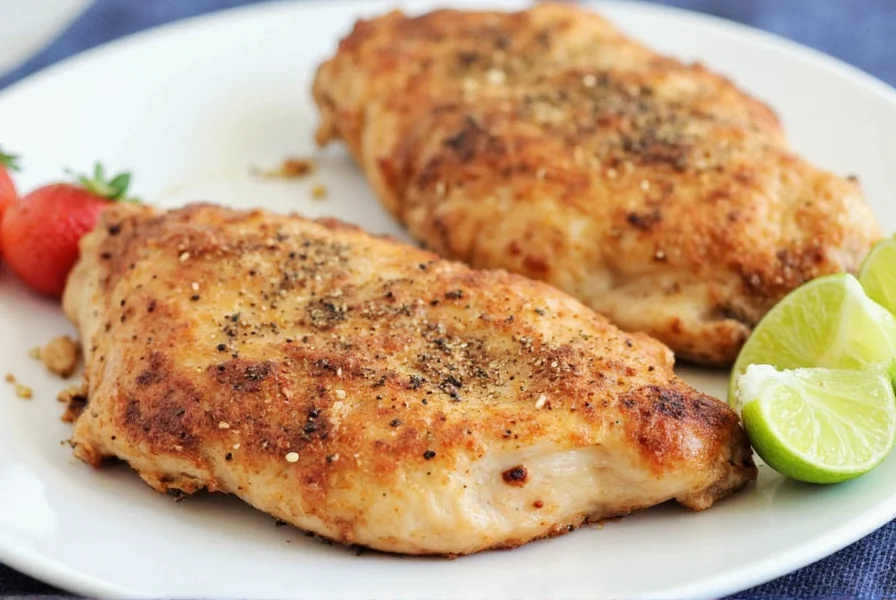
Cooking Methods That Enhance Flavor
How you cook your chicken affects how much flavor shines through. Here’s a quick comparison:
| Method | Pros | Cons |
|---|---|---|
| Grilling | Smoky char, caramelized edges | Can dry out if overcooked |
| Pan-Searing | Faster, retains moisture | Less smoky depth |
| Braising | Perfect for shredding, tender meat | Time-consuming |
| Roasting | Even cooking, crisp skin | Needs basting to stay juicy |
Buying Guide: Best Products & Brands
Choosing the right seasoning or spice brand can be overwhelming. Here’s a curated list of products tailored to different needs:
For Authentic Flavor Lovers
- La Costeña Chile Guajillo Molido
- Features: Ground guajillo chiles for a sweet, smoky kick
- Advantages: Rich color and flavor, ideal for moles or stews
- Use Case: Red sauces, adobo marinades
- Audience: Home cooks who value authenticity
- Occasion: Weeknight dinners or holiday meals
For Convenience Seekers
- Old El Paso Premium Taco Seasoning Mix
- Features: Balanced blend in a single packet
- Advantages: Easy to use, consistent results
- Use Case: Quick weeknight tacos
- Audience: Busy families, beginners
- Occasion: Everyday cooking
For Gourmet Touch
- Penzeys Spices - Southwest Style Chicken Rub
- Features: Small-batch, bold flavors
- Advantages: High-quality ingredients, no additives
- Use Case: Grilled or roasted chicken dishes
- Audience: Culinary enthusiasts, gourmands
- Occasion: Dinner parties, special occasions
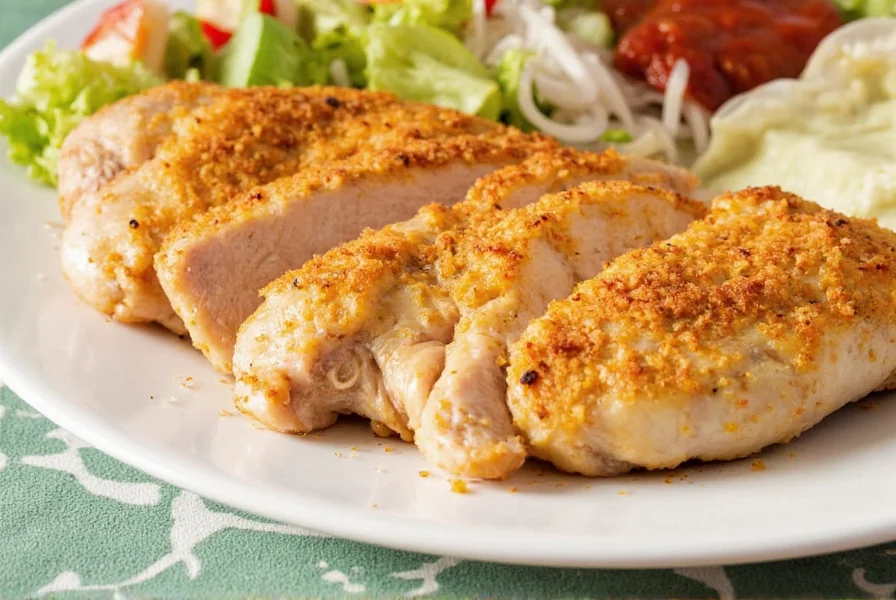
FAQs About Seasoning Chicken for Mexican Dishes
Can I use regular oregano instead of Mexican oregano?
While similar, Mexican oregano has a more citrusy, floral taste. Regular oregano tends to be more piney and earthy. Substitution is possible but may alter the flavor profile slightly.
Should I marinate the chicken before seasoning?
You can! Marinating adds another layer of flavor. However, if using a heavy dry rub, simply coating and resting may be enough.
How long can I store homemade seasoning blends?
In an airtight container away from light and moisture, they last up to 6 months. Label them with dates for easy tracking.
Conclusion
Seasoning chicken for Mexican food is both an art and a science. From choosing the right spices to mastering your favorite cooking method, every step contributes to the final flavor explosion. Whether you’re grinding your own cumin or reaching for a trusted ready-made blend, the key is to enjoy the process and let your taste buds guide you.
So next time you fire up the grill or prep a batch of tacos, don't just season — SPICE UP YOUR LIFE!
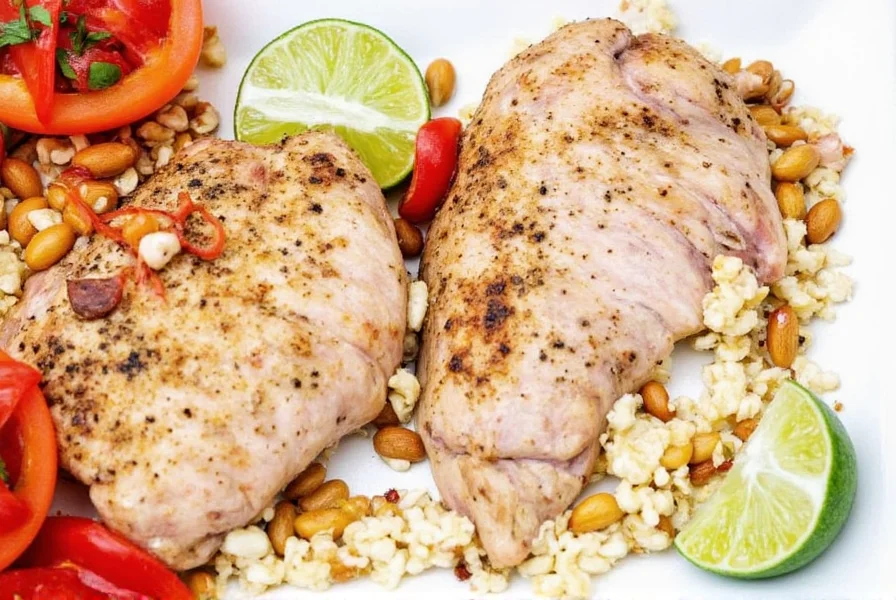

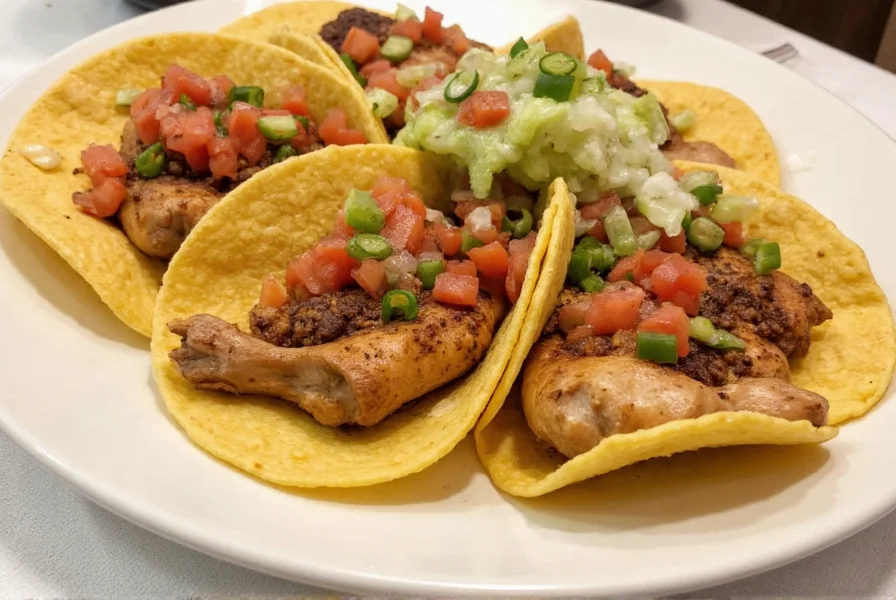









 浙公网安备
33010002000092号
浙公网安备
33010002000092号 浙B2-20120091-4
浙B2-20120091-4